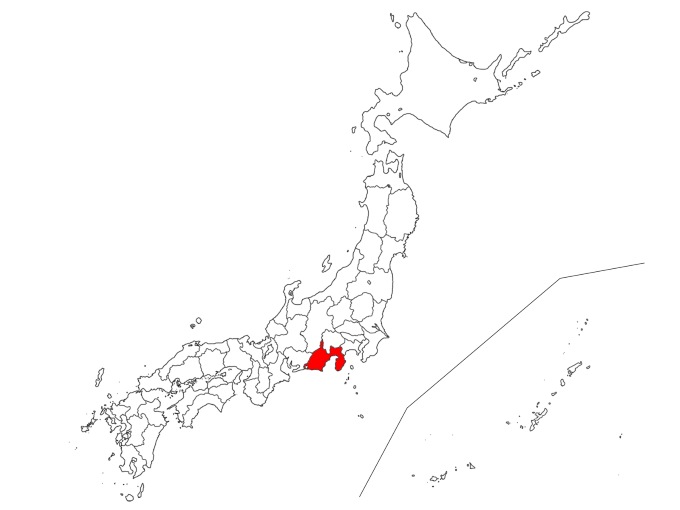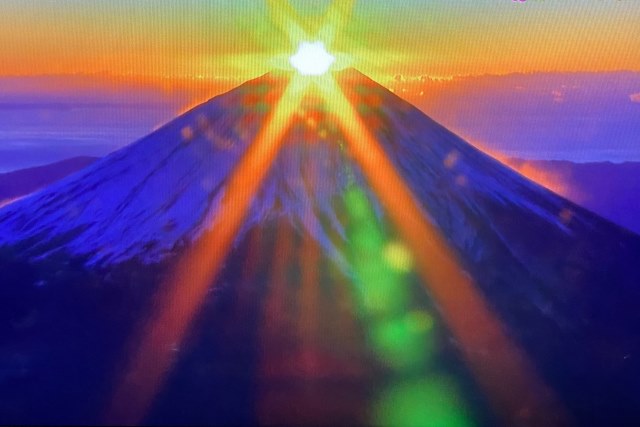Contents
1.Basic Information
Mount Fuji, a World Heritage Site, is Japan’s highest active volcano and its beautiful shape is symbolic both inside and outside Japan. Born about 100,000 years ago, Fuji’s beauty has been shaped by numerous eruptions over time. Traditionally revered as a spiritual mountain, its summit is home to Asama Shrine. There are many tourist spots around Mount Fuji and climbing the mountain is popular in summer.
Inverted Fuji
Inverted Fuji, reflected in lake waters, can be seen at various locations around the Fuji Five Lakes. Among these, Lake Shojiko, known for its calm waves, is a popular spot for capturing clear images of Inverted Fuji.
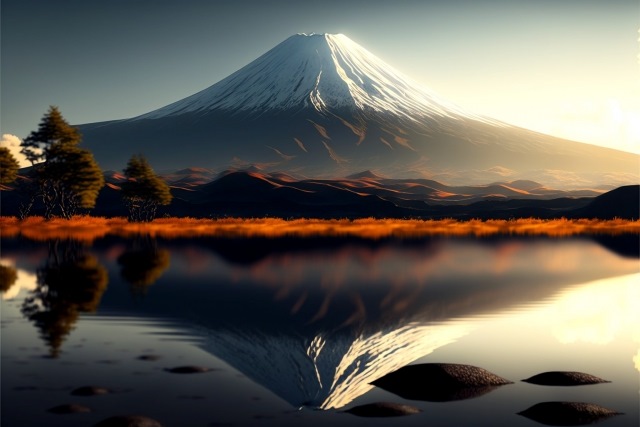
Diamond Fuji
At Lake Yamanaka, twice a year in autumn and winter, you can see the sun set on the peak of Mount Fuji, an event known as Diamond Fuji. If you’re lucky, you may even be able to witness a ‘Double Diamond’ – the reflection of Diamond Fuji on the lake’s surface.
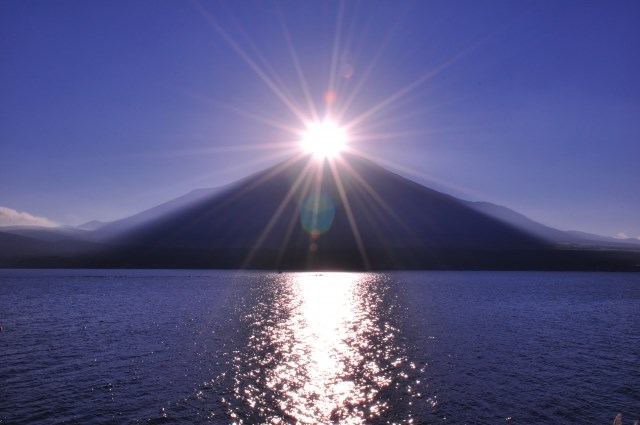
Sunrise at Mount Fuji (Goraikou)
Watching the sunrise from the top of Mount Fuji is referred to as Goraikou. Climbers brave the chill before dawn to witness the eastern sky start to glow red and the sea of clouds light up, a sacred moment that is a popular highlight for climbers. As a result, the mountain trails from midnight to early morning are often crowded.
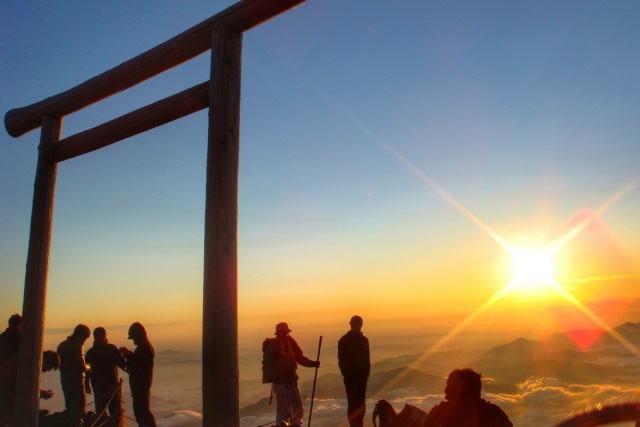
Cherry Blossoms, Five-Storied Pagoda, and Mount Fuji
Arakurayama Sengen Park in Yamanashi Prefecture, famous for pictures of cherry blossoms and Mount Fuji, became popular due to the influence of a Thai blog and is visited by many foreign tourists. The park is known as a beautiful cherry blossom viewing spot where you can enjoy the five-storied pagoda, Mount Fuji, and cherry blossoms all at once. Access is a 15-minute walk from Shimoyoshida Station on the Fujikyu Railway.
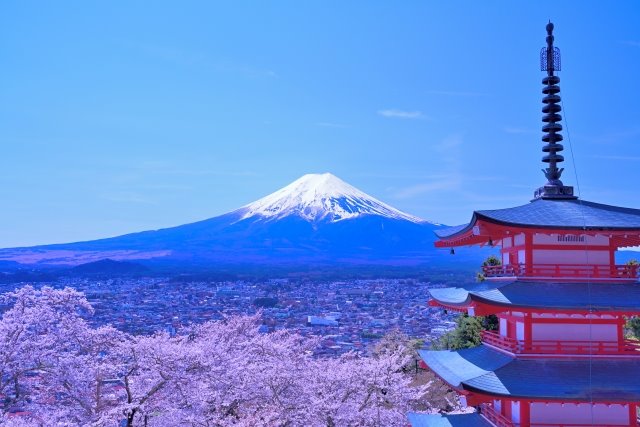
Ohachimeguri
Ohachimeguri is the highest trekking route in Japan that circles the large crater of Mount Fuji. The whole route is about 2.6 kilometers and takes around 1 hour and 30 minutes. The latter half of the course takes you closer to the crater, offering a different perspective of the Mount Fuji scenery compared to regular climbing routes.
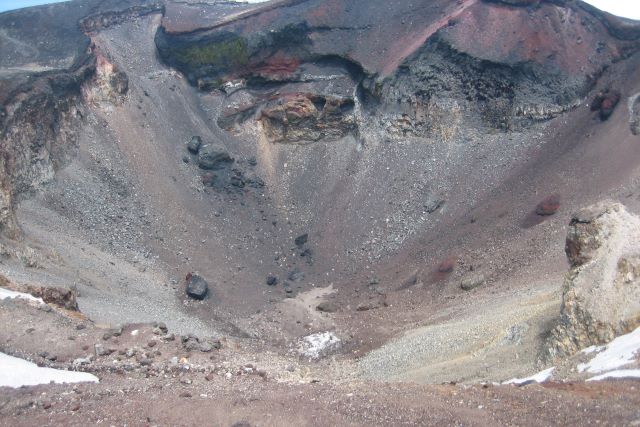
2.Reviews
If you want to enjoy the view of Mount Fuji from the Shinkansen window, we recommend that you choose seat E when purchasing your ticket. You can get a powerful view of Mount Fuji from the window. When purchasing a reserved seat at the ticket counter, ask for seat E in the five-seat row from A to E.
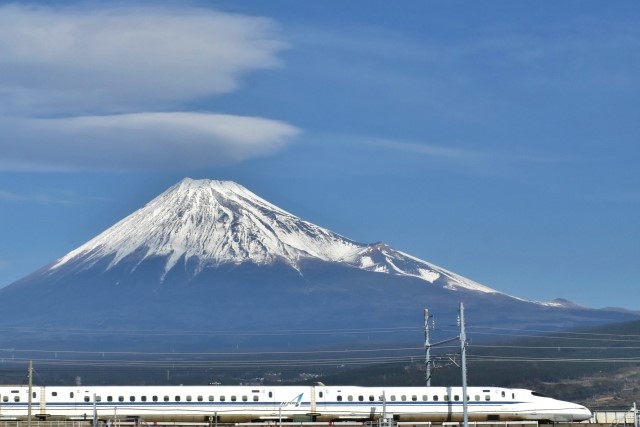
Located on the north shore of Lake Kawaguchi, the “Momiji Corridor” is a stunning spot where you can enjoy autumn leaves against the backdrop of Mount Fuji and the lake. Nearby parking lots charge a fee, but there are also free parking lots a little further away. They have light-up events until 22:00, but be sure to check the operating hours of public transportation. Also, as it can get cold at night, it is recommended to dress warmly.
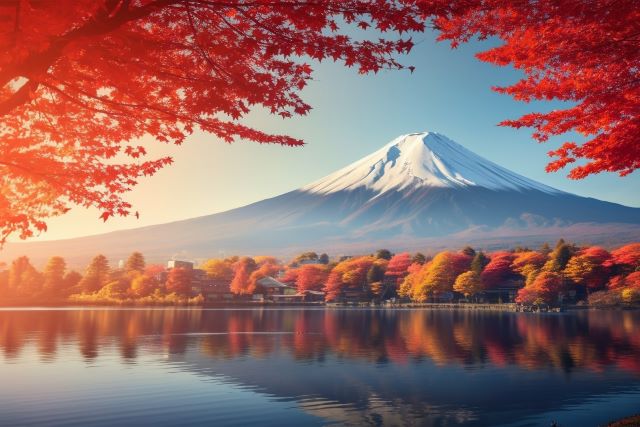
3.Local Food



4.Transportation Information
Train from Tokyo to Mount Fuji (Timetable and Fares)
Fujikyu Railway (Multi-language support)
https://www.fujikyu-railway.jp/
Highway Bus from Tokyo to Mount Fuji (Timetable and Fares)
Fujikyu Express Bus (Multi-language support)
https://bus.fujikyu.co.jp/highway/fujisan
Mount Fuji Tour Bus (Timetable and Fares)
Fujikyu Express Bus (Multi-language support)
https://bus.fujikyu.co.jp/rosen/shuyu
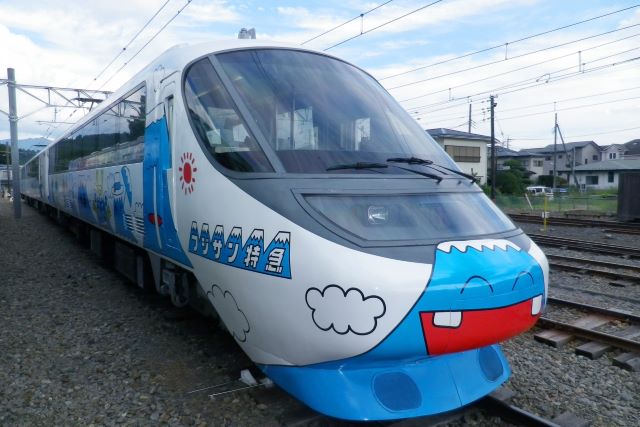
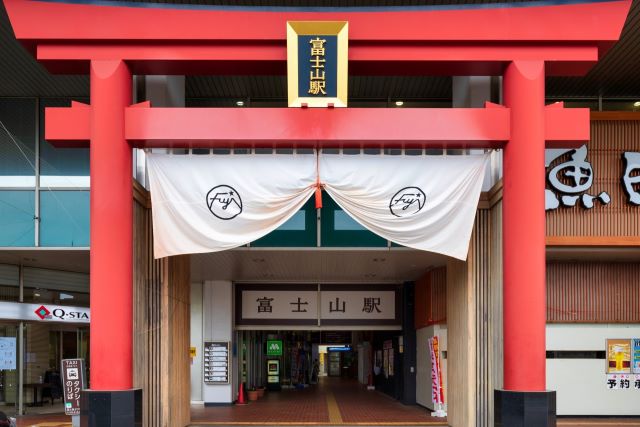
5.Map Information
Mount Fuji, an active volcano straddling Shizuoka and Yamanashi prefectures, is classified as a tundra climate due to its average temperature being only 6°C even in August, its warmest month. January and February are dry, and there is a tendency for deep snow from March to June. The record low temperature was -38.0°C on February 27, 1981, and there have been many days with temperatures below -30°C, a level of coldness not even seen in Hokkaido.
